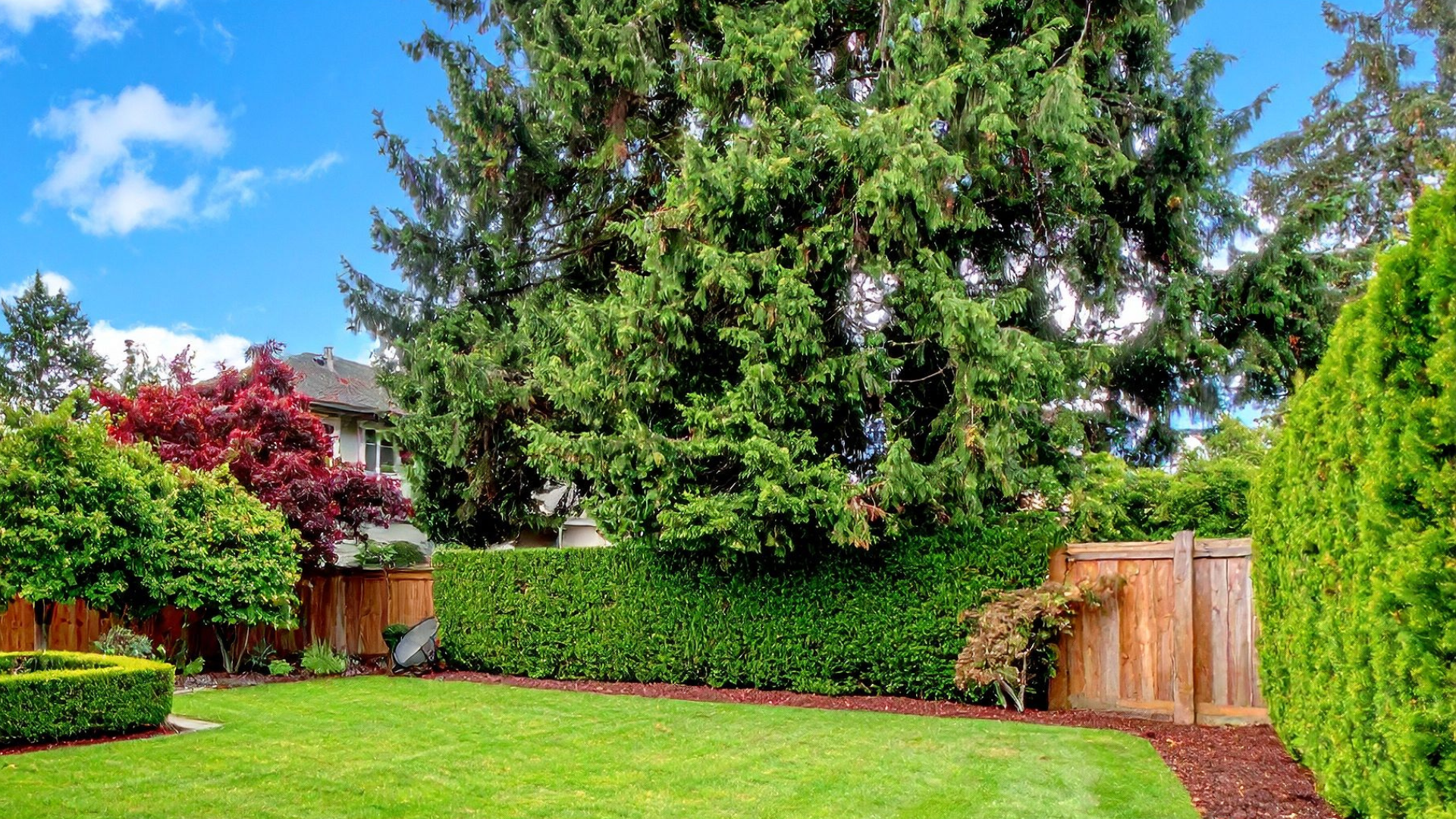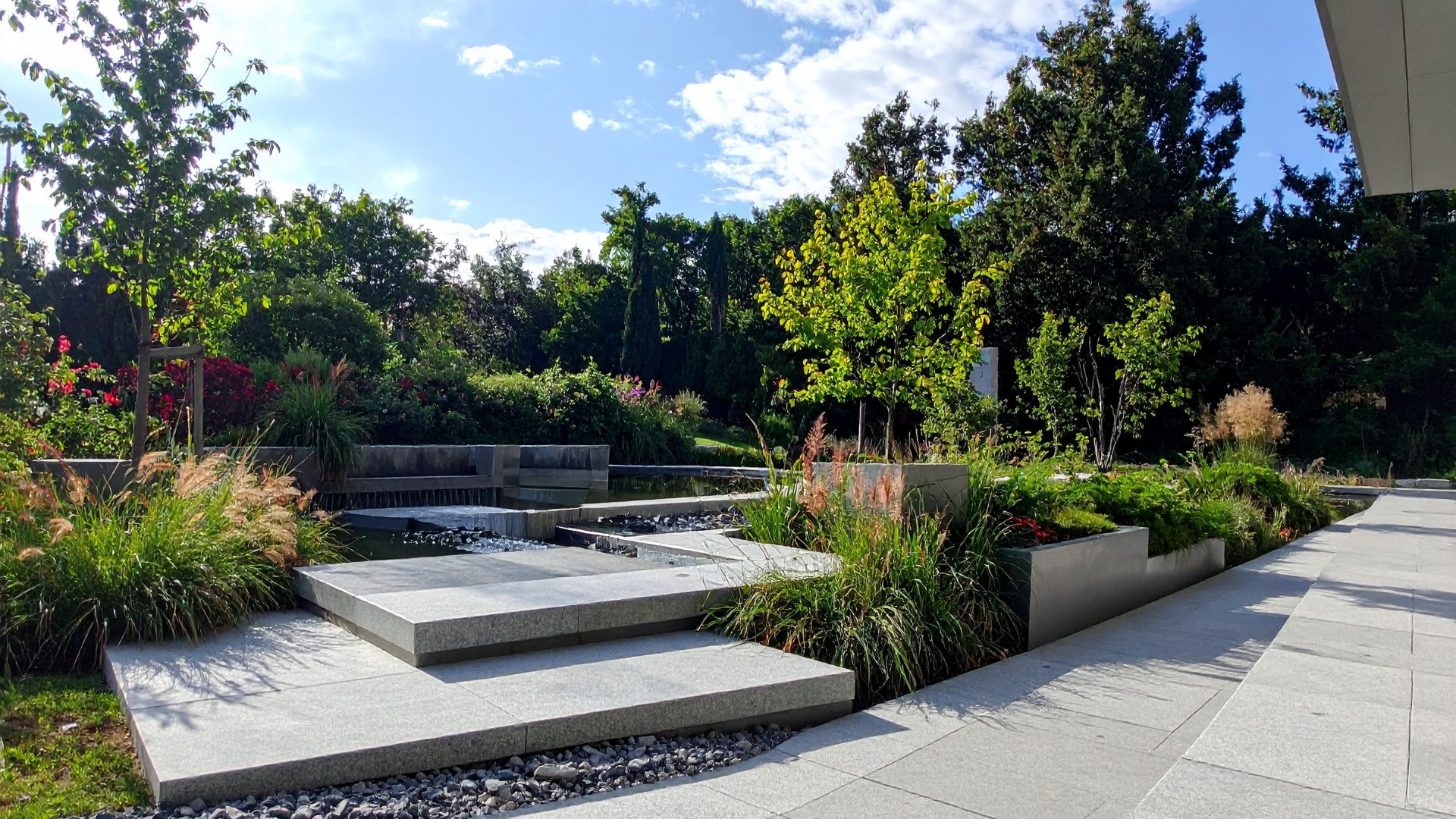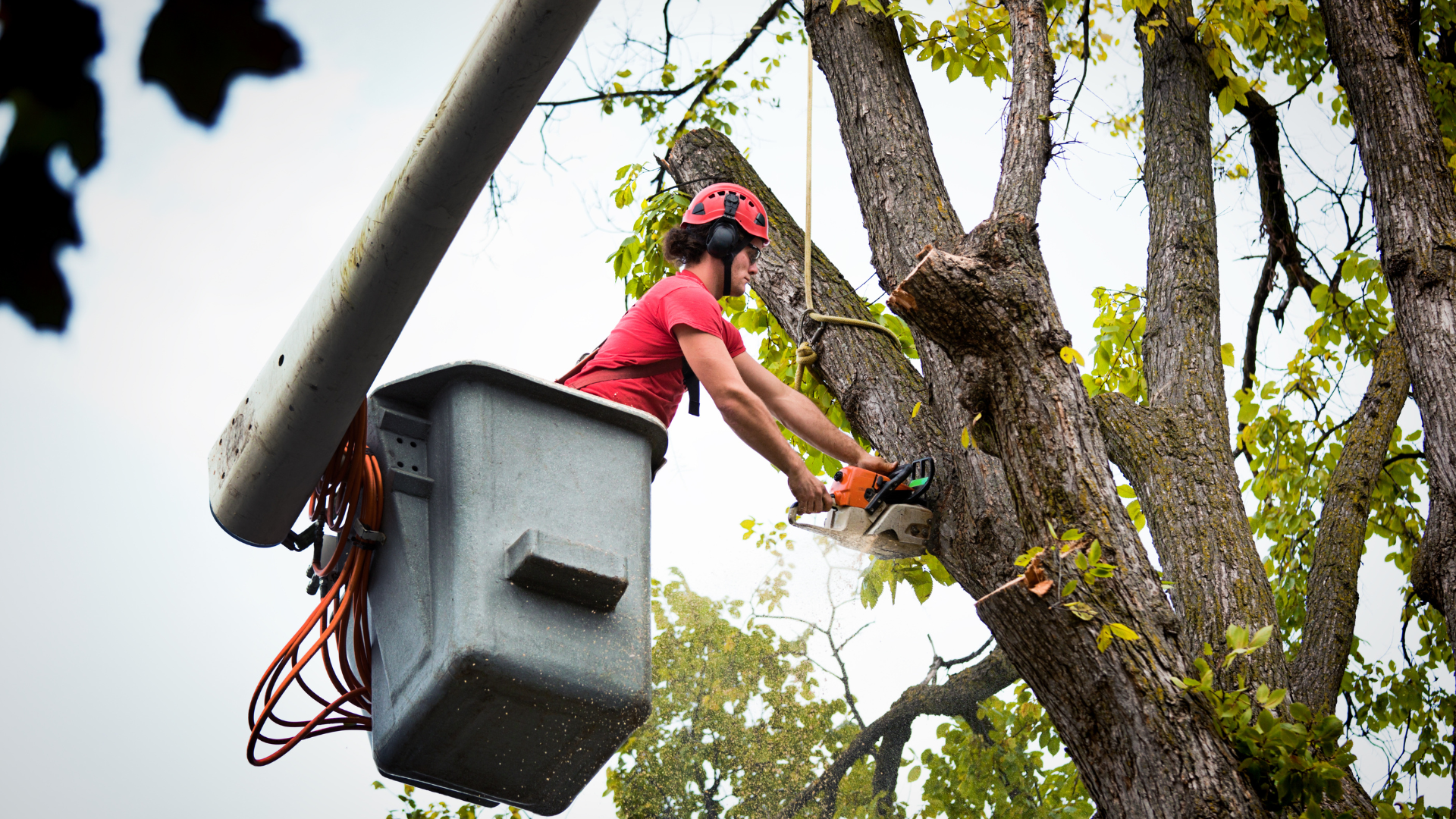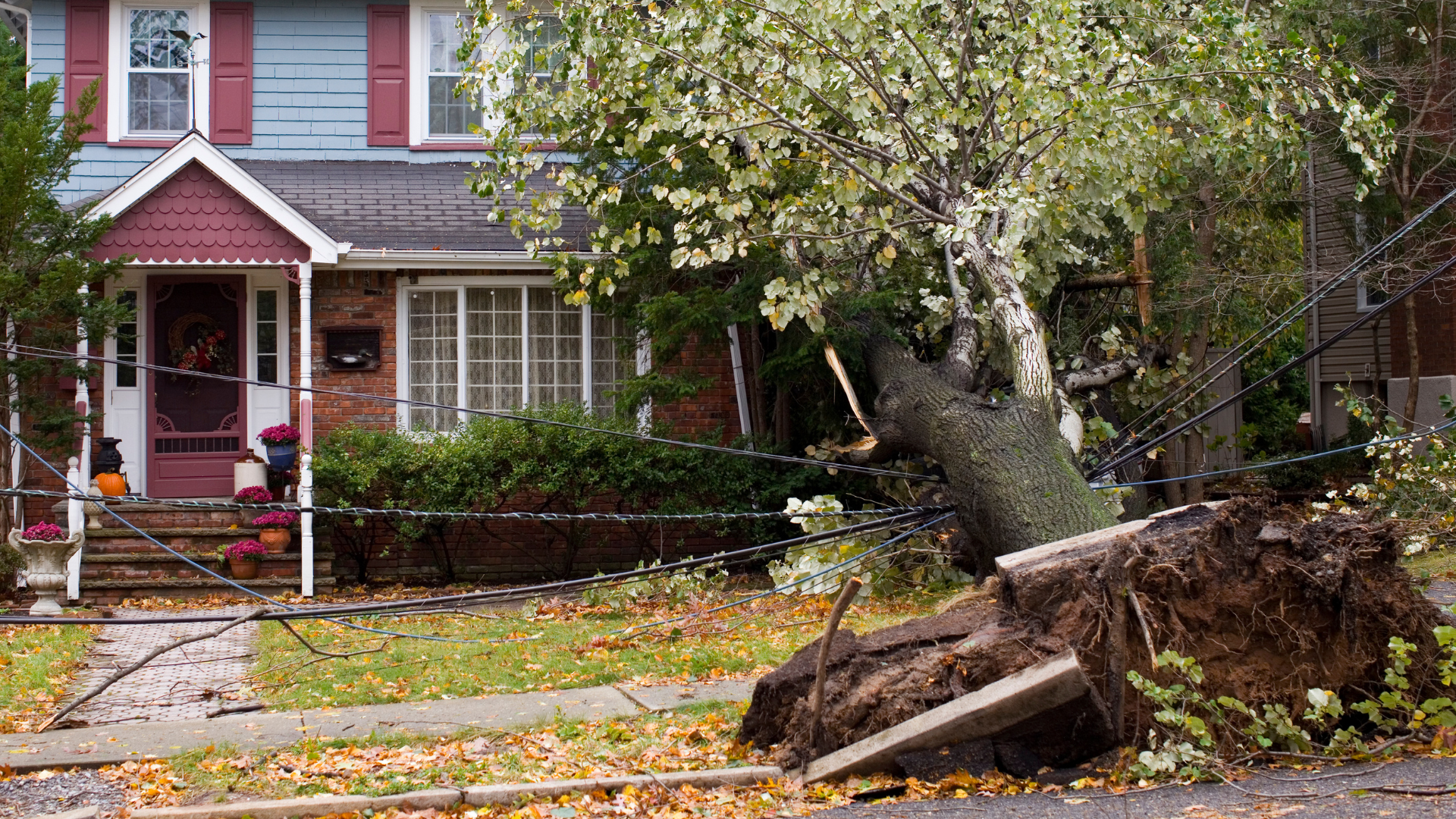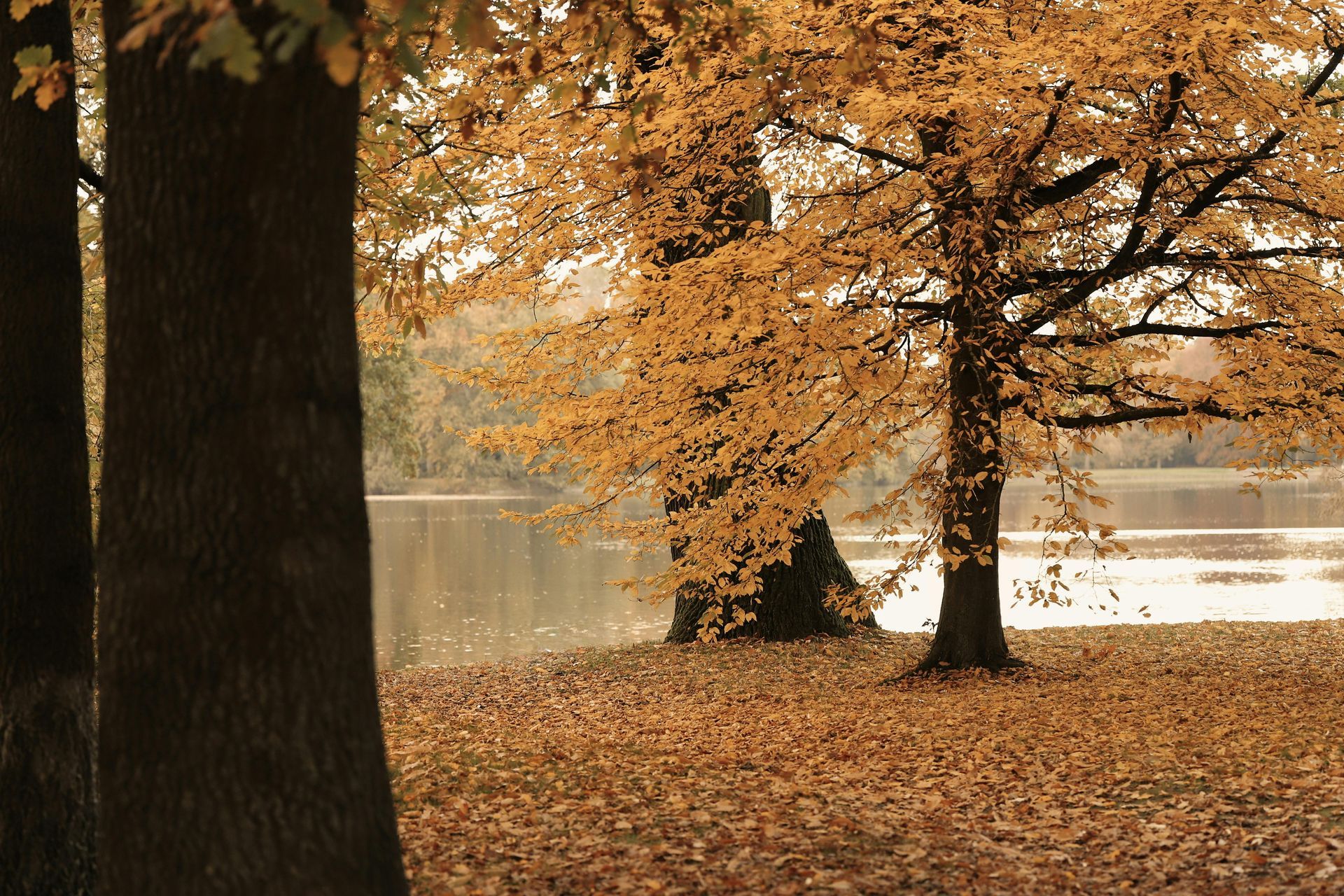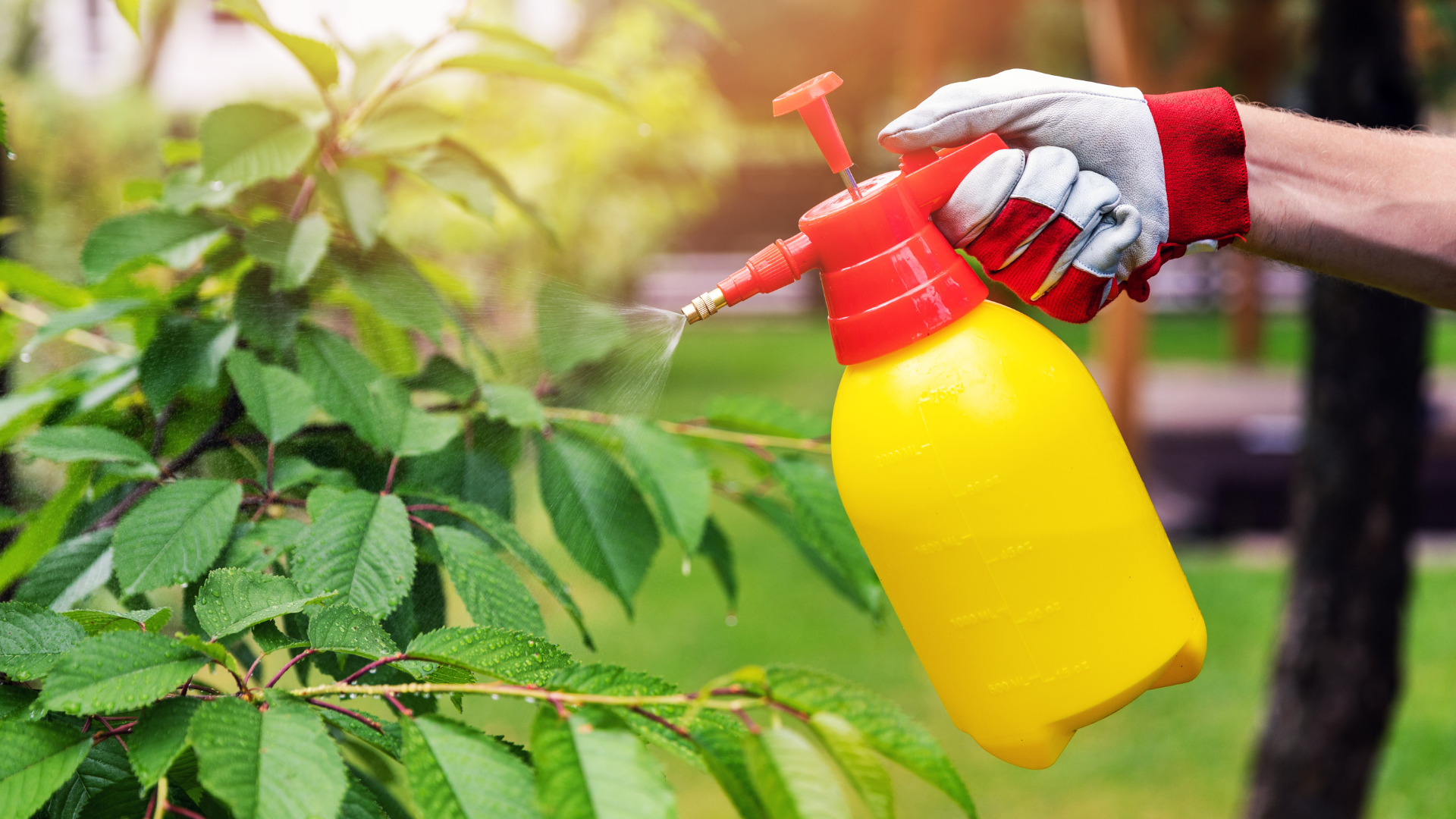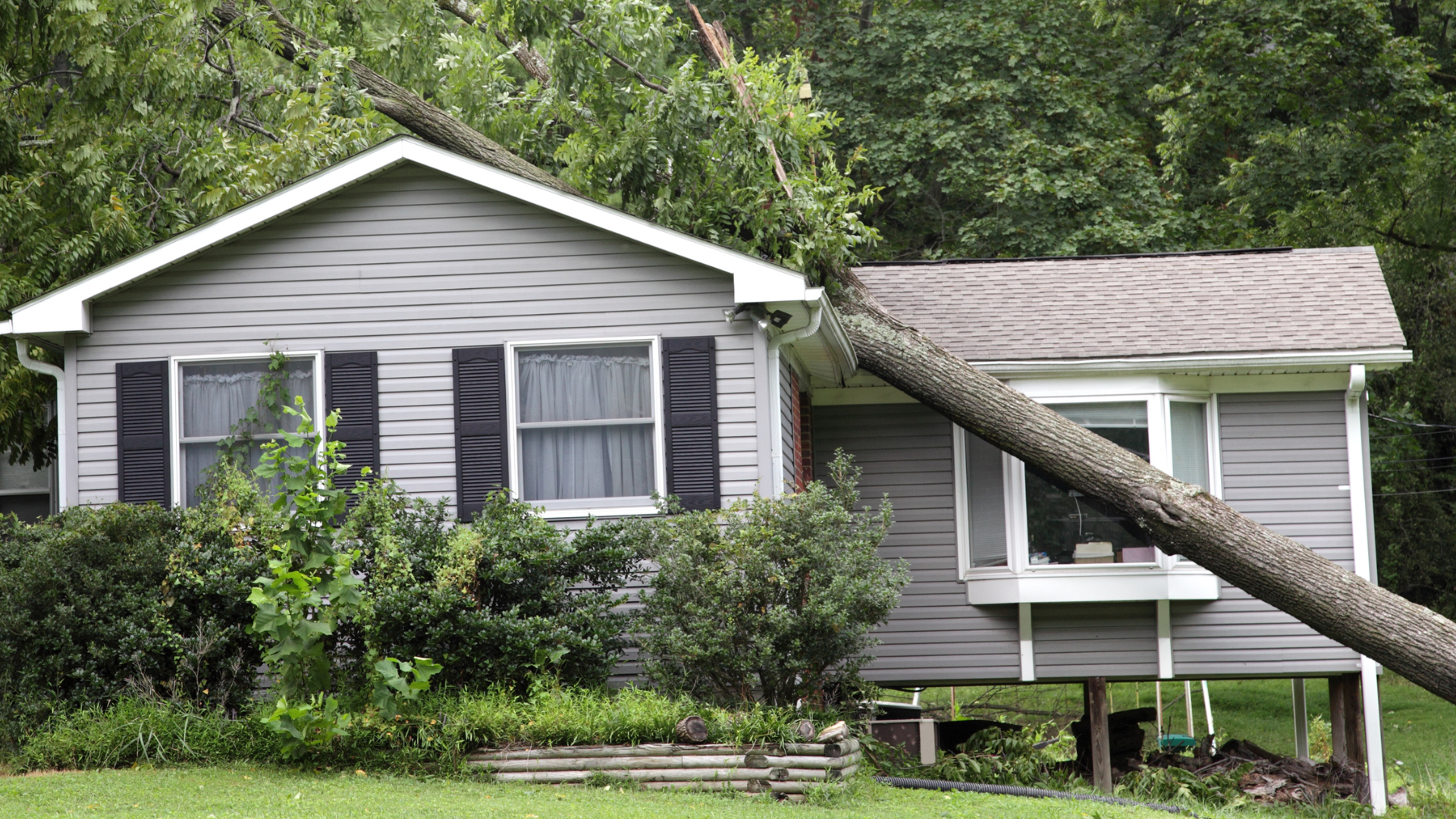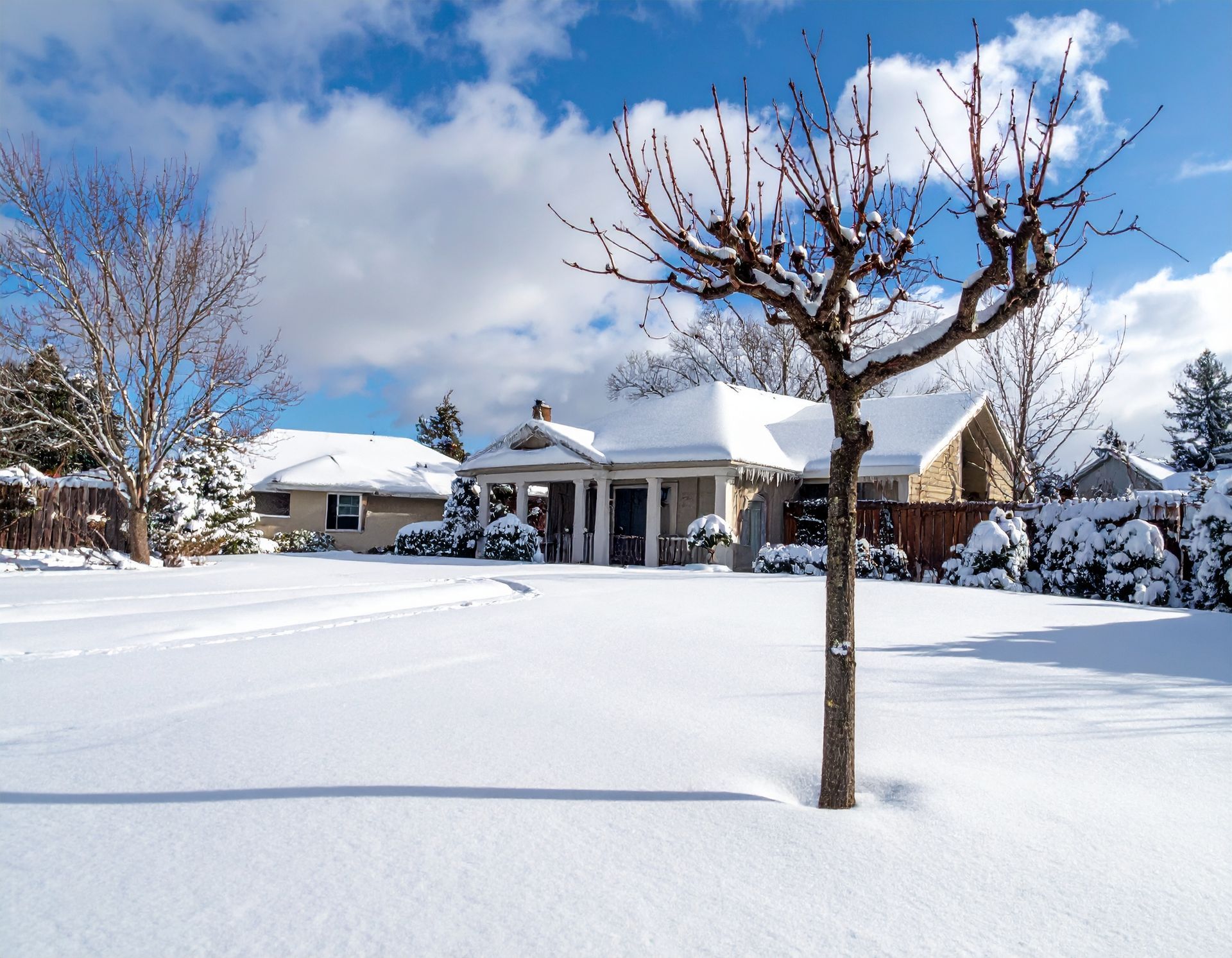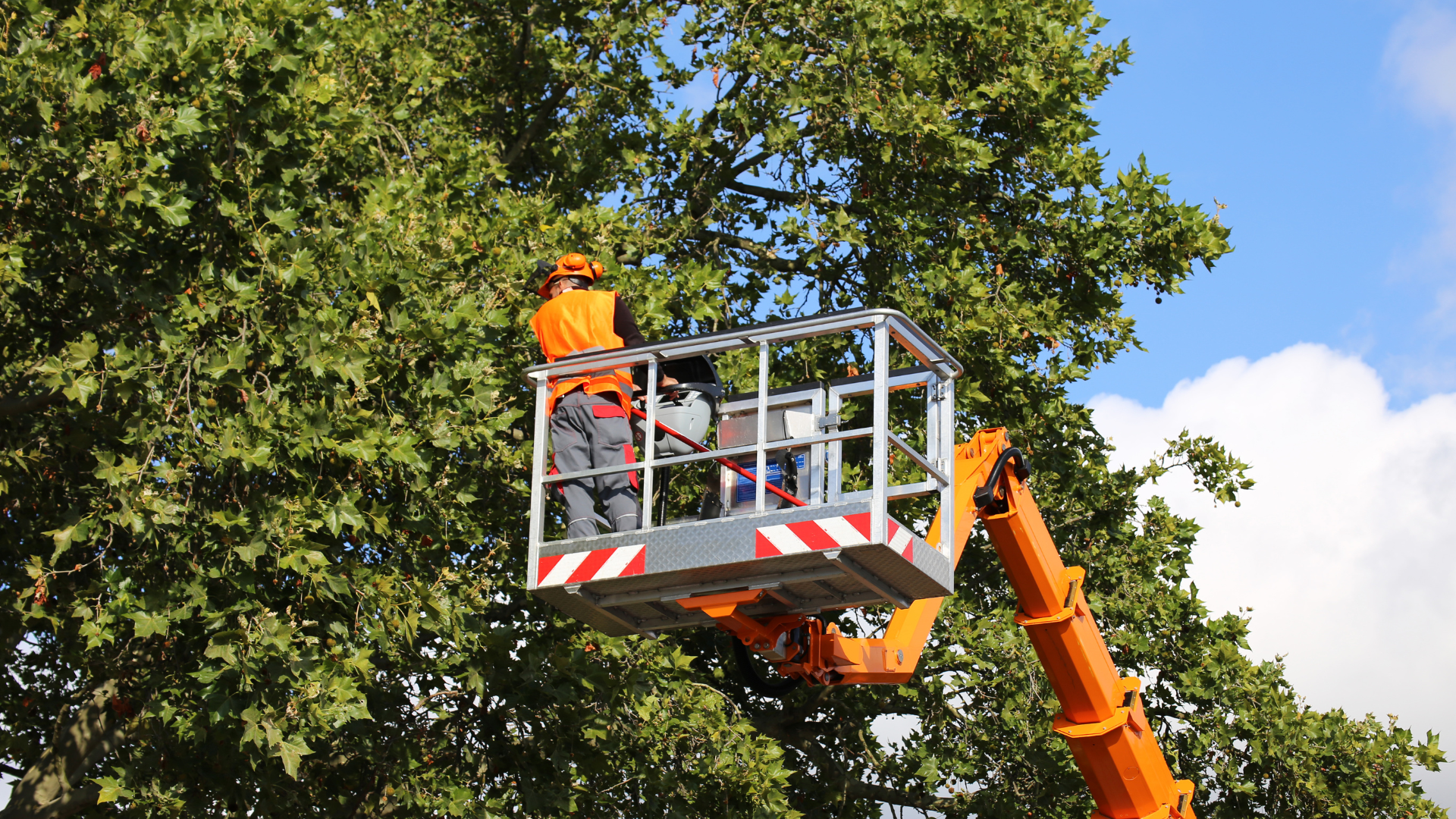What Certified Arborists See That You Might Miss
Protect Your Property with Professional Tree Care
Trees can be one of the most beautiful and valuable features on your property—but they also require expert care. While most homeowners can spot a clearly dead tree or a broken limb after a storm, many of the early warning signs of trouble go unnoticed until it is too late.
That is where a certified arborist comes in. At Midwest Tree Surgeons, our team includes trained professionals who understand not only the biology of trees, but also the structural, environmental, and safety risks they may pose—especially during the fast-growing summer months.

Here is what certified arborists are trained to look for that most people miss:
1. Subtle Signs of Disease
Fungal infections, insect infestations, and internal decay often begin deep inside the trunk or below the bark. Symptoms like leaf discoloration or minor trunk cracks might seem harmless, but to a trained eye, they could point to systemic disease. Arborists can distinguish between normal seasonal changes and early indicators of serious issues, allowing for timely intervention before the tree becomes a hazard.
2. Structural Weaknesses
A tree can appear healthy while hiding major structural flaws. Arborists assess the integrity of trunks, branches, and root systems. They look for co-dominant stems (when two main trunks grow from a single point), including bark, and stress cracks—flaws that can make a tree more likely to fail in high winds or heavy storms.
Our team uses both visual inspection and tactile tests to identify limbs or trunks under tension or at risk of failure, especially after strong weather or long dry spells.
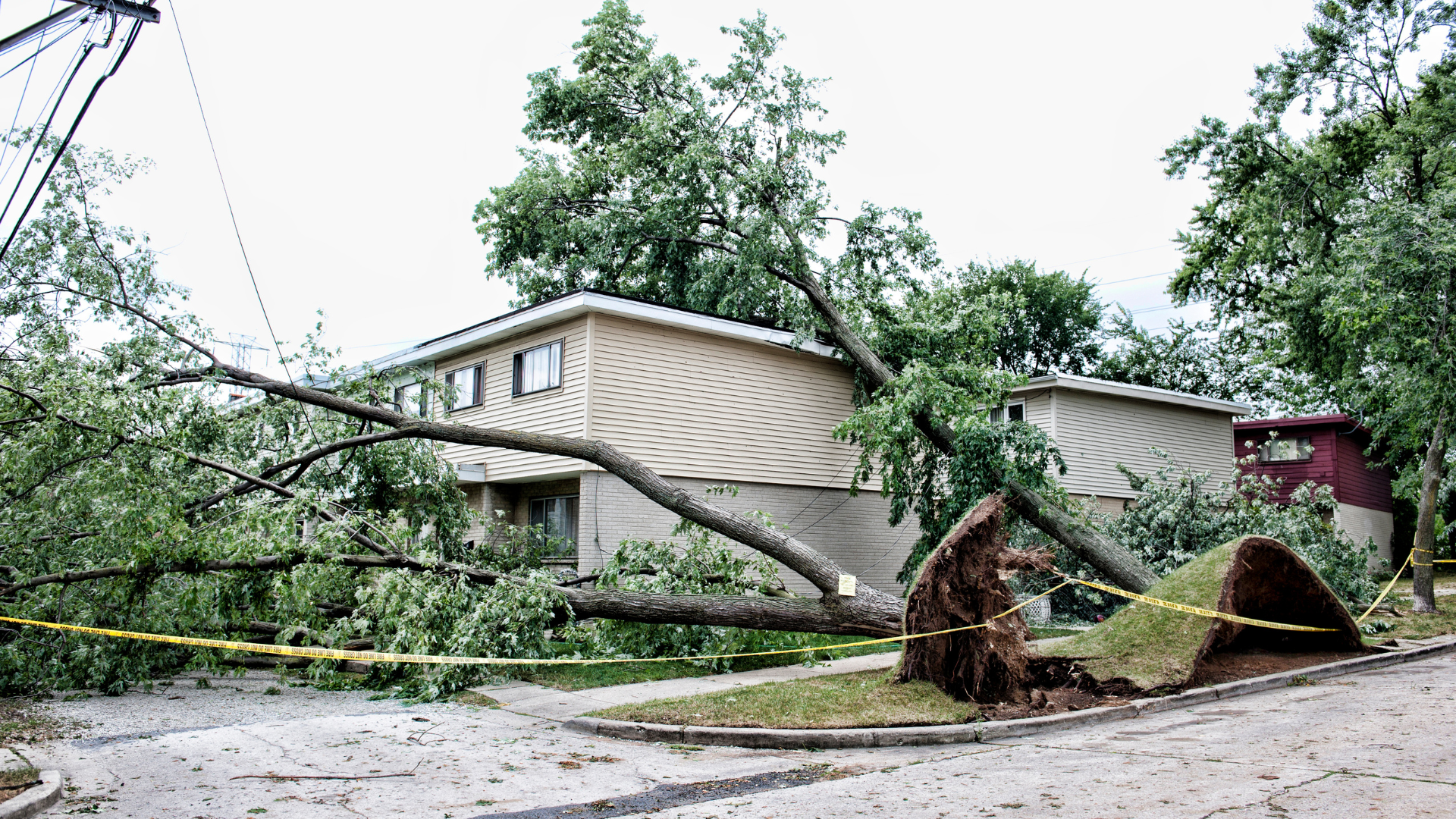
3. Risk to People, Homes, and Infrastructure
Certified arborists are trained in risk assessment standards that go beyond aesthetics. They evaluate how close branches are to homes, roofs, vehicles, utility lines, sidewalks, and other structures. What may seem like a nicely shaded porch to a homeowner might represent a serious liability in the event of limb drop or root upheaval.
We also look underground. Shifting soil, exposed roots, or subtle lean angles can signal a tree’s declining stability. Left unaddressed, these issues may lead to costly damage or even personal injury.
4. Pruning Opportunities That Promote Long-Term Health
A quick DIY trim might seem sufficient, but incorrect pruning can do more harm than good. Arborists know when and how to remove specific limbs to encourage balanced growth, reduce wind resistance, and improve airflow through the canopy. This kind of proactive maintenance can extend a tree’s life by decades while making it safer and more attractive.
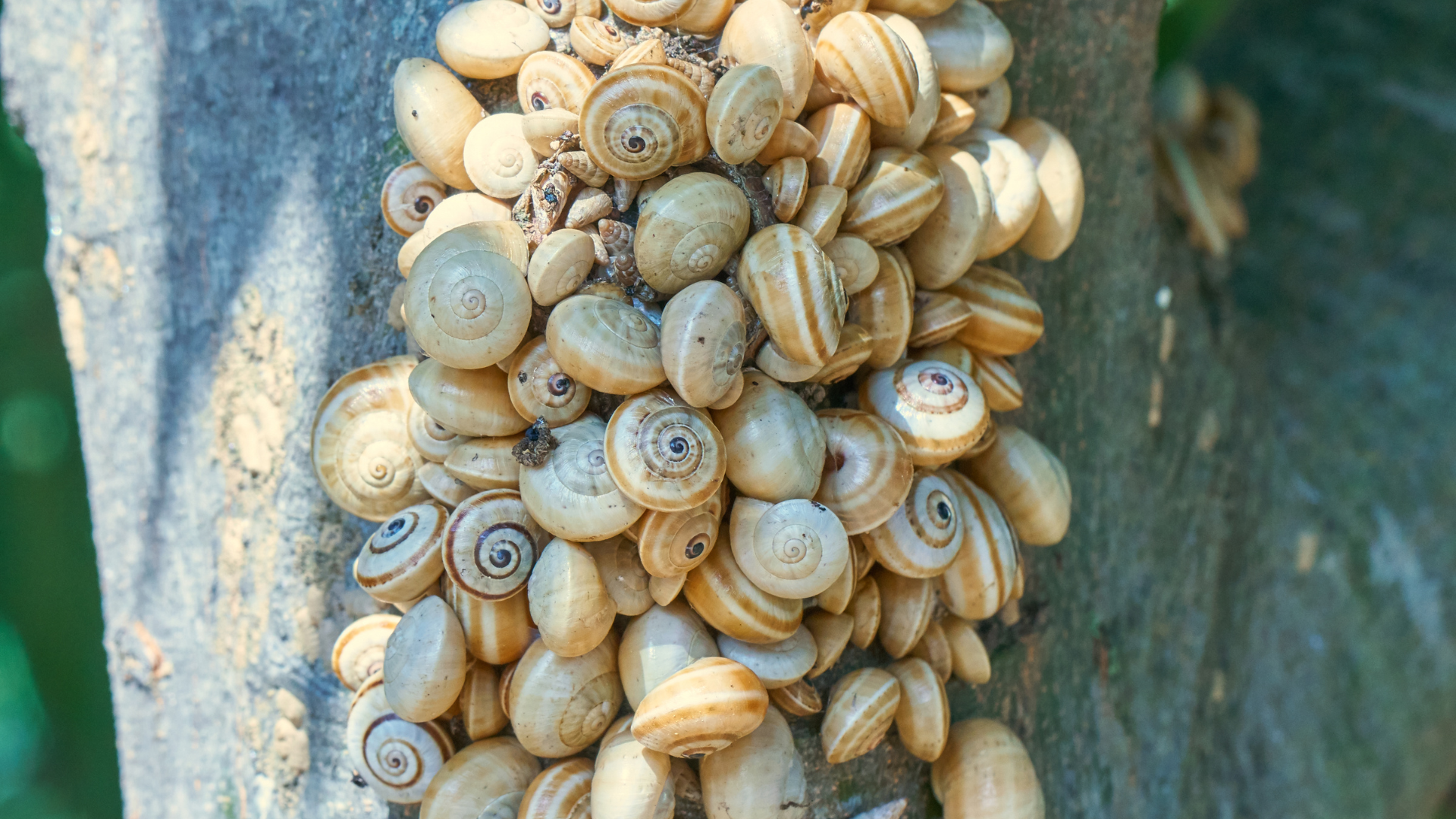
5. Tree Species Behavior
Different species have different vulnerabilities. Some trees are highly susceptible to storm damage, while others are prone to root rot or pest infestations in certain soil conditions. Our arborists take these factors into account, tailoring care plans to your property’s specific mix of trees and environmental factors.
Why Certification Matters
Not all tree services are created equal. Certification means your arborist has been trained and tested in best practices for tree care and risk management. At Midwest Tree Surgeons, every job is overseen by a certified arborist who is committed to safety, health, and precision.
We do not guess—we diagnose, recommend, and execute with professionalism and care.
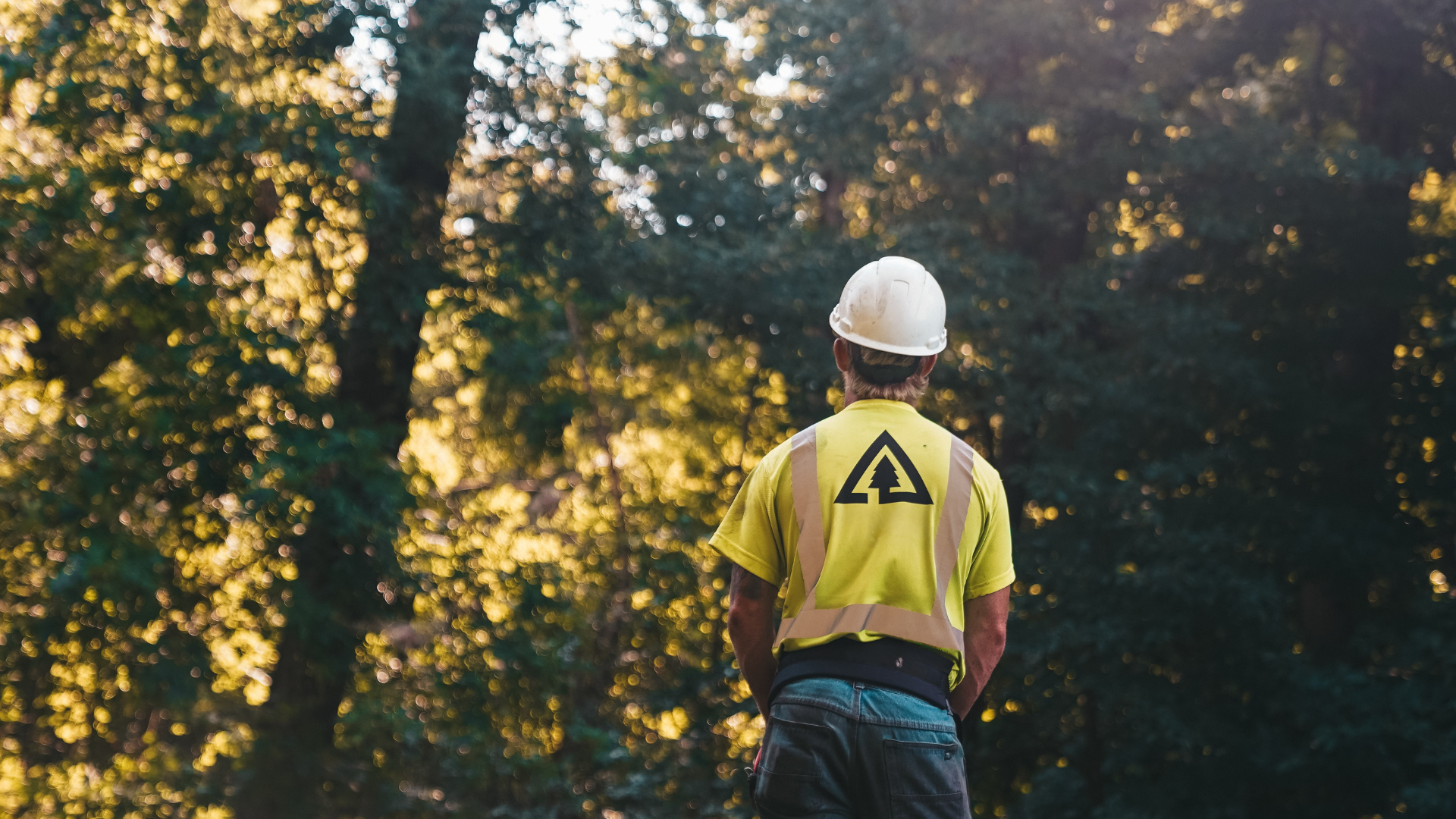
Schedule a Professional Tree Assessment
The best time to identify a problem is before it becomes one. If you have mature trees on your property—or if you are unsure about the health or safety of a particular tree—schedule an evaluation with Midwest Tree Surgeons.
We will walk your property, assess your trees, and give you a clear, honest overview of what you are dealing with. Whether it is pruning, removal, or just peace of mind, we are here to help you protect your home and the natural beauty that surrounds it.
